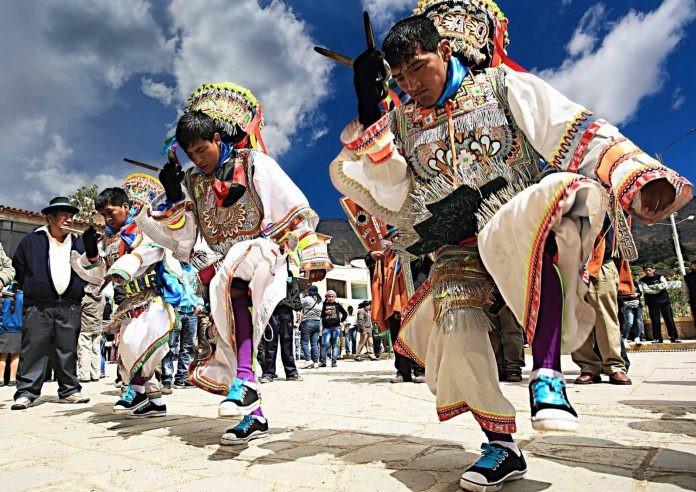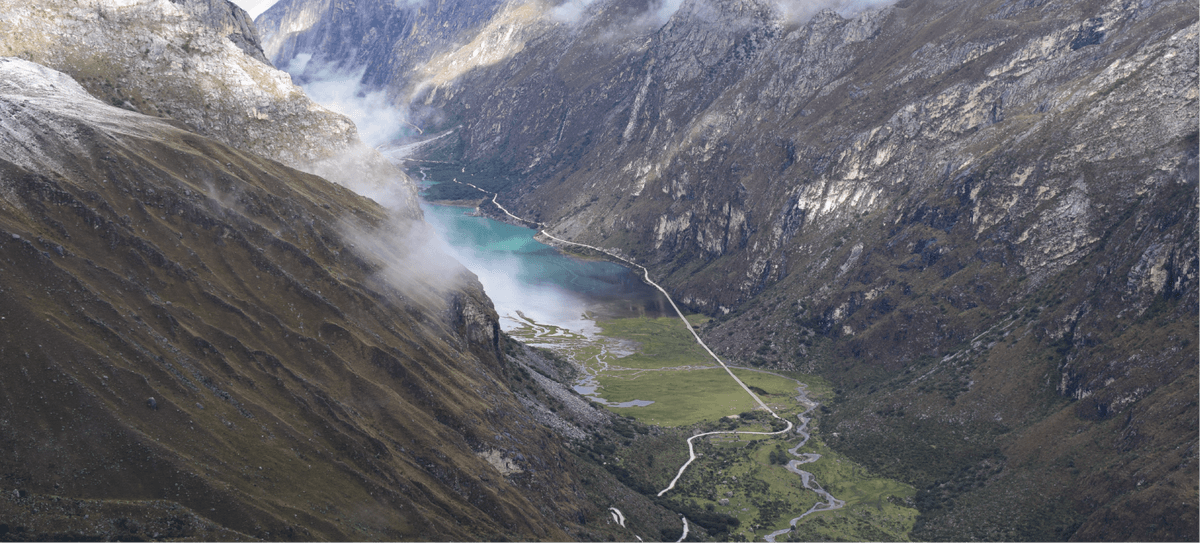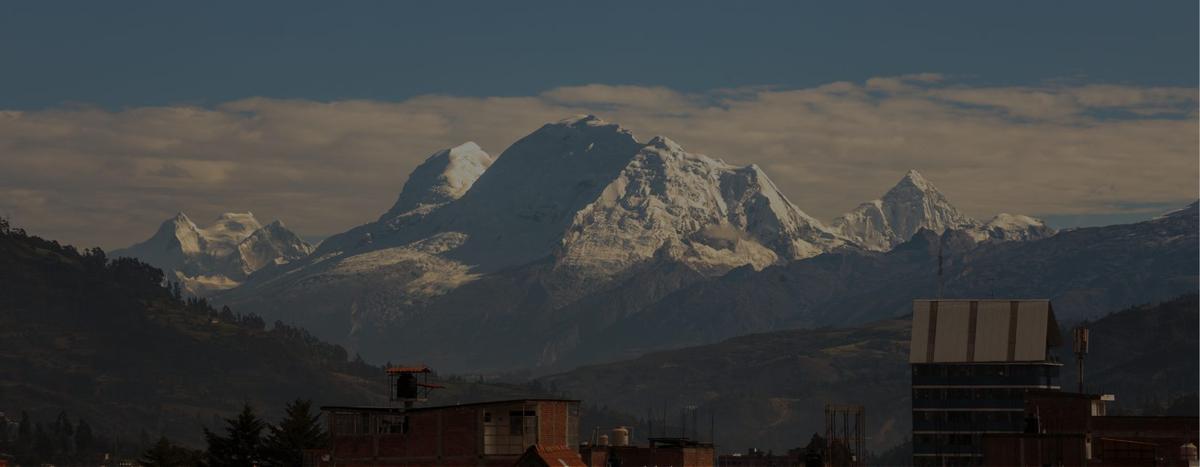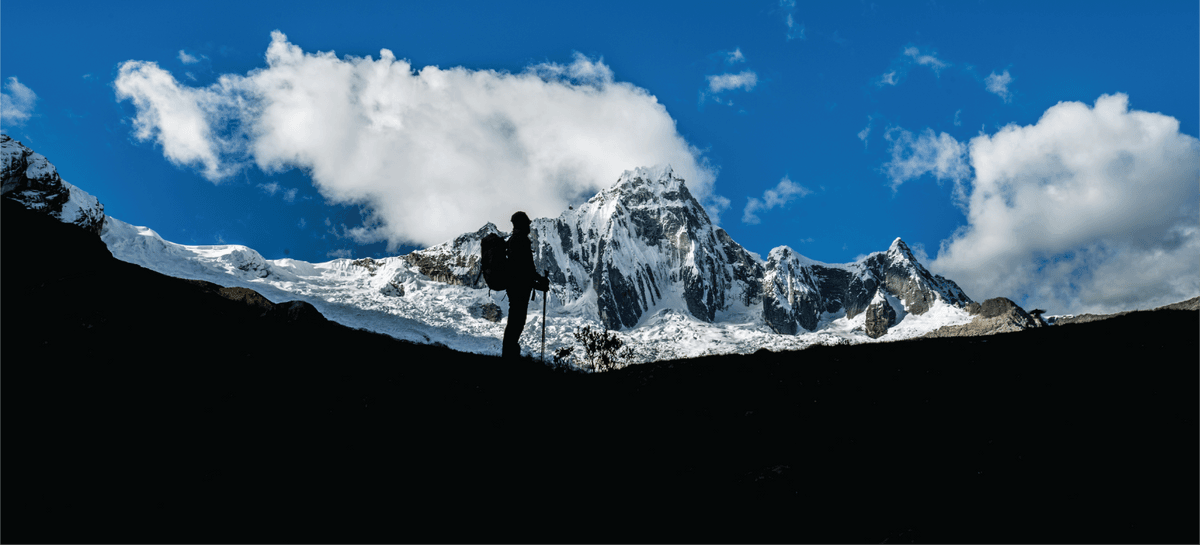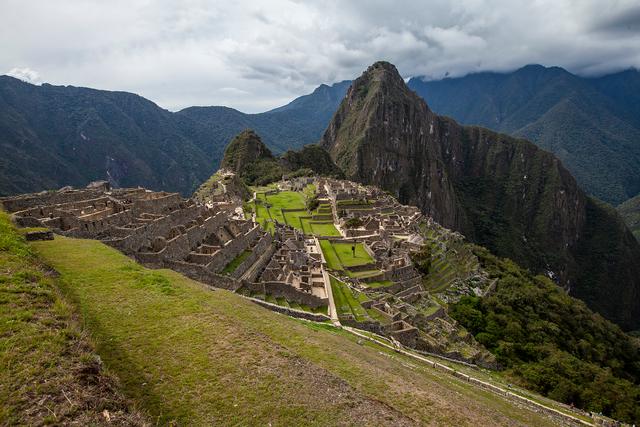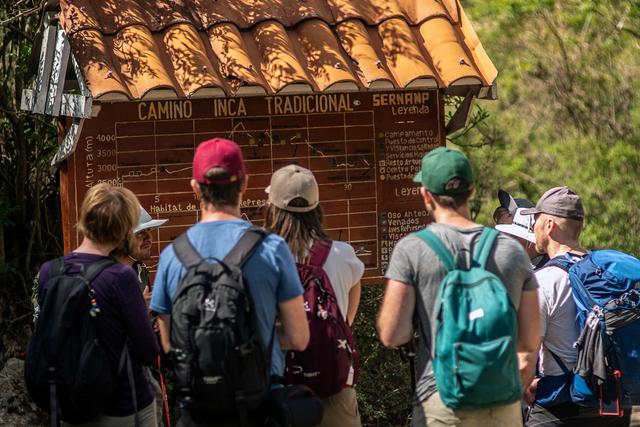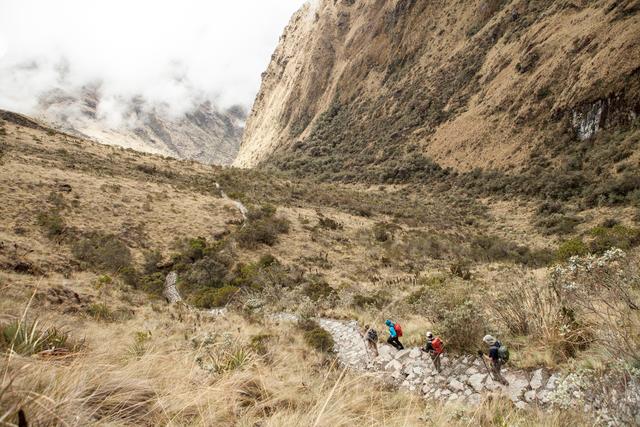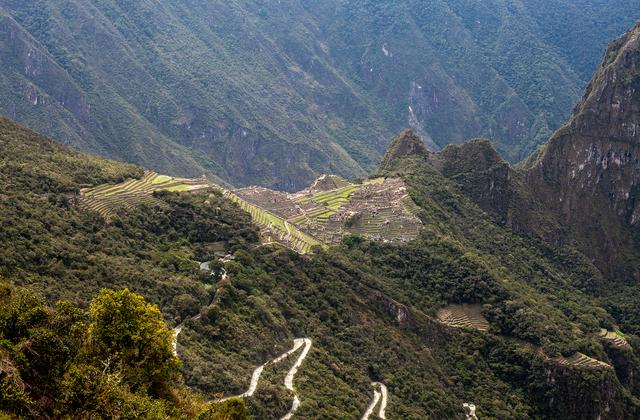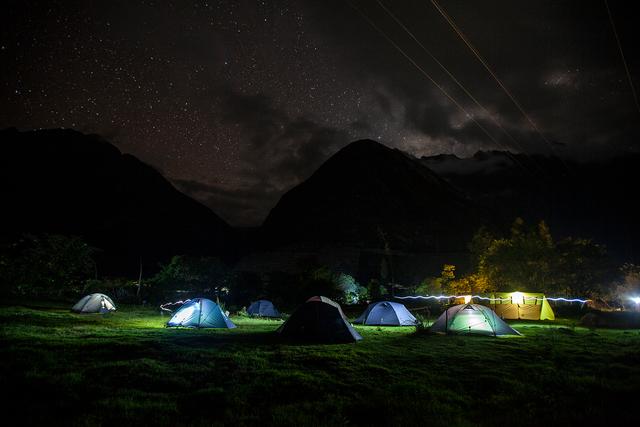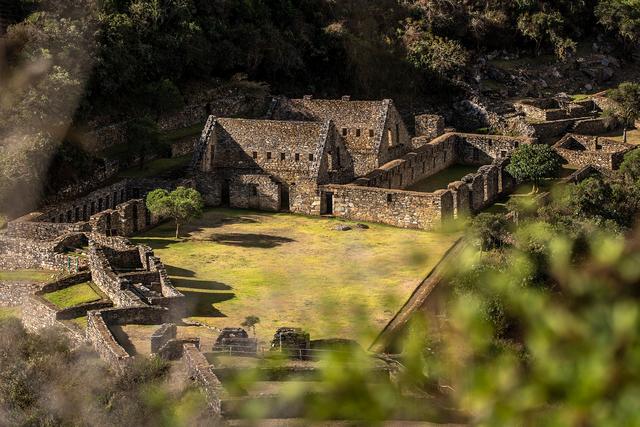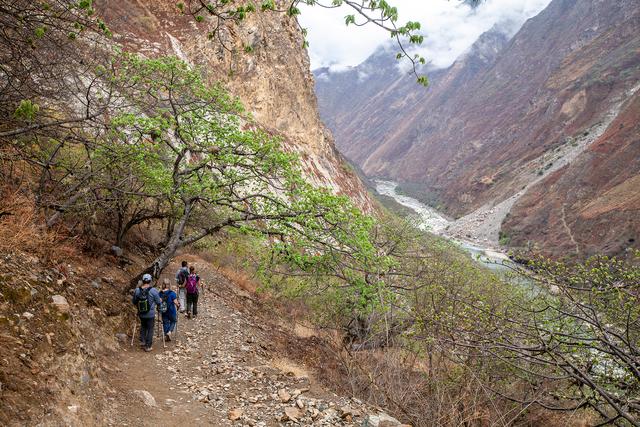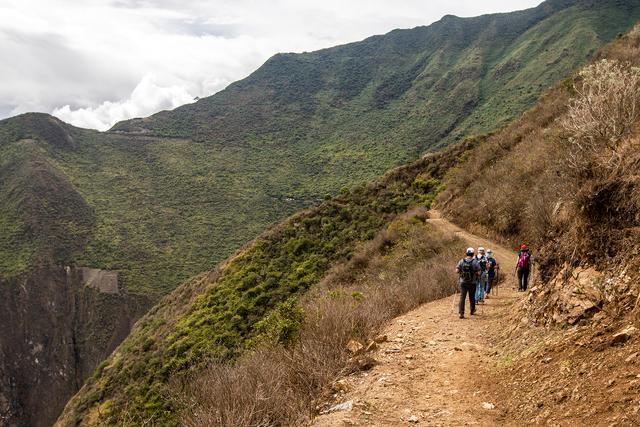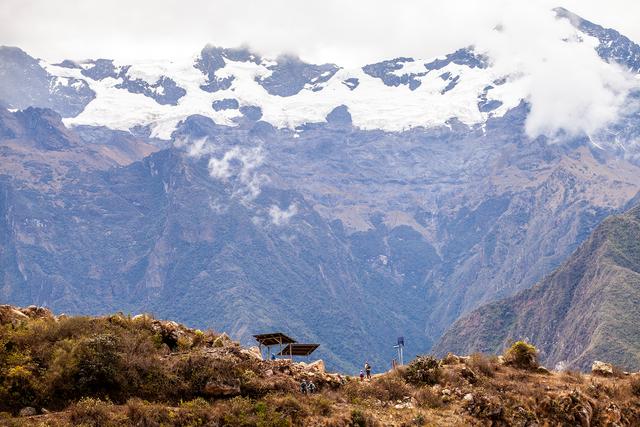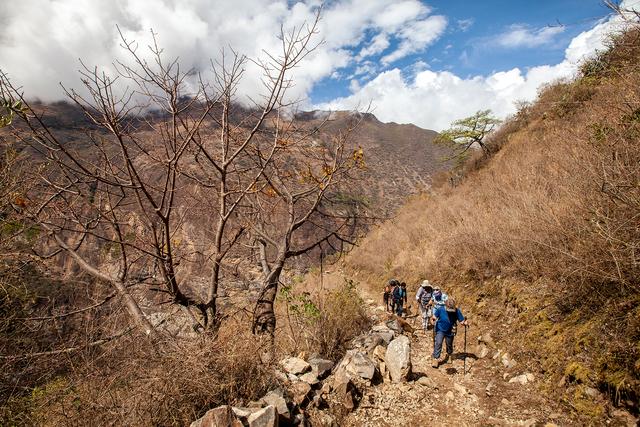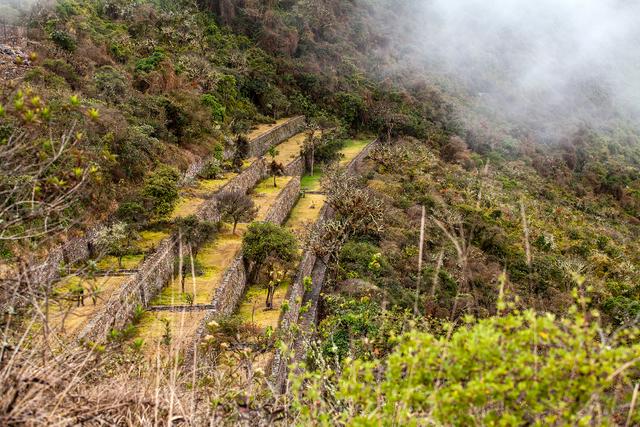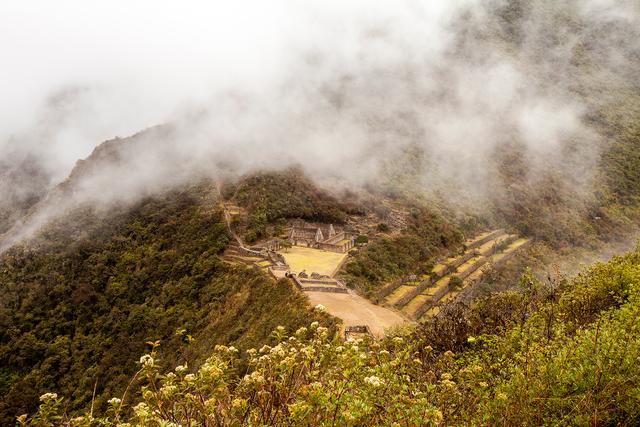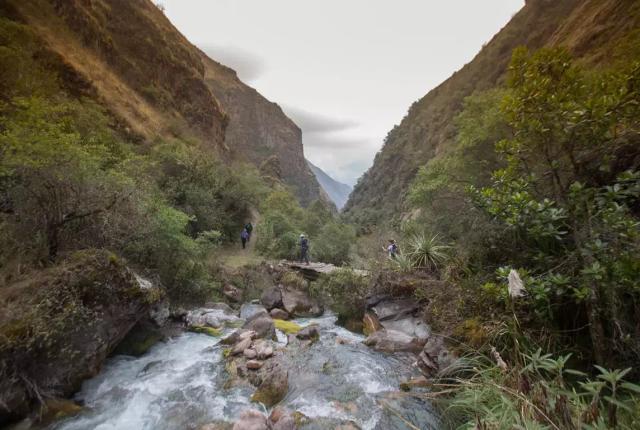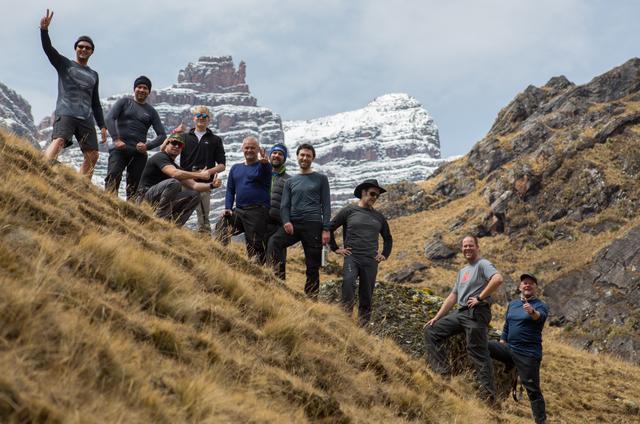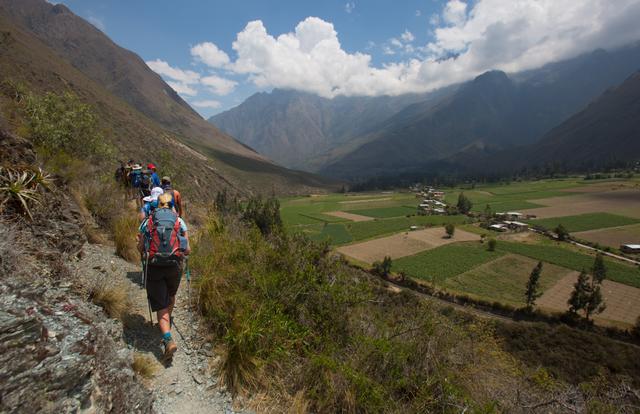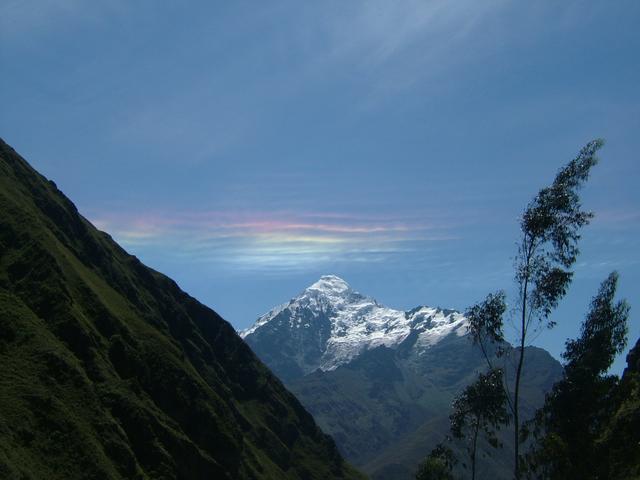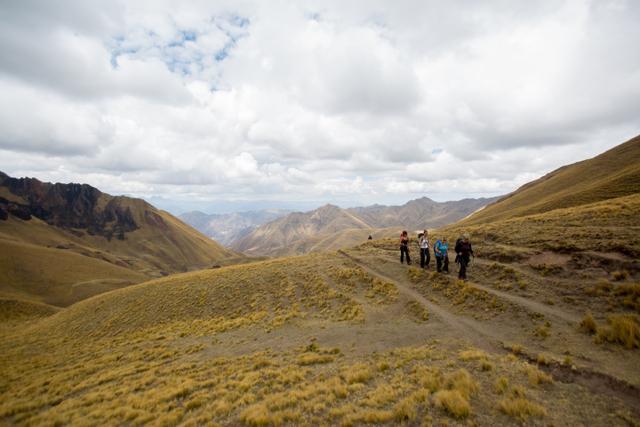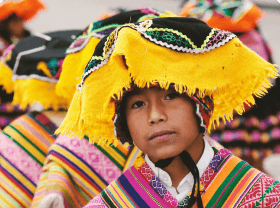
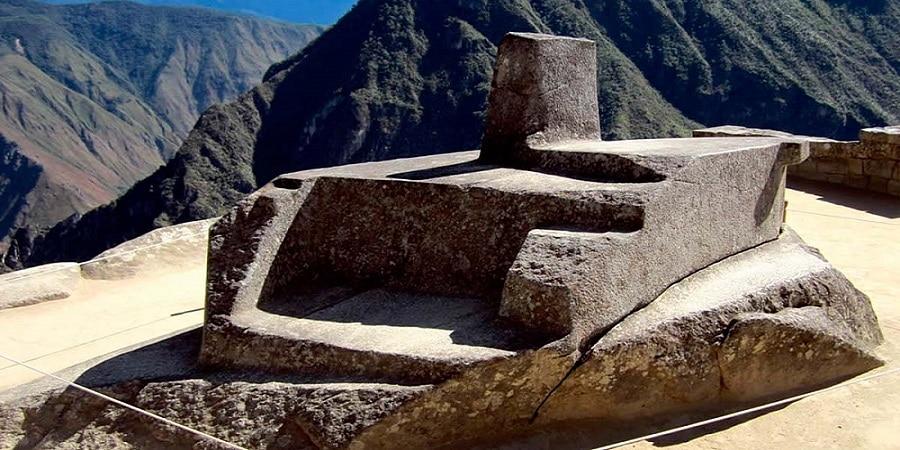
The Mysterious Intihuatana Stone
The Sun, called Inti in Quechua, was one of the Incas’ main gods. Therefore, it was important for priests to observe the sun and understand it. So, they built an astronomical clock or calendar that indicated significant celestial events. This clock was called Intihuatana. Intihuatana is a combination of two Quechua words: Inti, which means “sun,”and huata, a verb meaning “to tie.” So, Intihuatana translates as a place to “tie up the sun,” often expressed in English as “The Hitching Post of the Sun.” Let’s find out more about this marvelous sundial, known as the Intihuatana Stone, which you will be able to see on your Inka trail to Machu Picchu tour.
Location
The Incas built multiple intihuatanas along their territory, but many of them were destroyed by Spaniards, who considered them to be blasphemous. Among the ones that remain, the most well-preserved are located at the archeological sites of Machu Picchu and Pisac. However, the most notable and famous Intihuatana Stone is located at Machu Picchu: it was found intact in 1911.
Machu Picchu’s Intihuatana Stone is located at the top of a natural pyramidal summit, whose slopes have been converted into terraces or andenes. A twisting stone ladder leads to the top of this pyramid.
Design and characteristics
The Intihuatana Stone is a monolithic structure carved out of the gray granite stone of the mountain top. It is 1 to 2 meters tall and 2 meters in diameter. Its base does not have a defined shape, but its crest is formed into an upright stone column whose four sides indicate the four cardinal points: North, South, East, and West. In addition, it features a granite block resembling a bench or altar, where the priest would likely have performed some type of ritual.
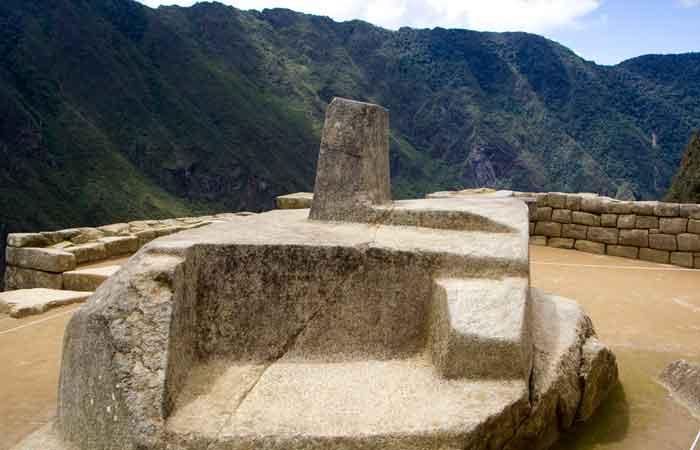
Function
The sacred Intihuatana Stone was used by Inca priests for astronomical observations, especially of the sun. We know that it was aligned with the sun’s position because it has been shown to be a precise indicator of the date of the two equinoxes. At midday on March 21st and September 21st, the sun stands almost directly above the pillar, creating no shadow at all. At this precise moment, when the sun aligns precisely with the pillar, the priests symbolically tied the sun to the Intihuatana Stone using a sacred cord.
Explorandes offers many trekking routes to Machu Picchu, where you can see the Intihuatana Stone. For more information about our routes and services, please contact us.

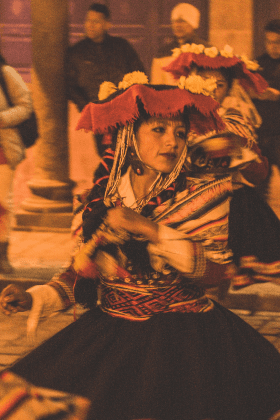
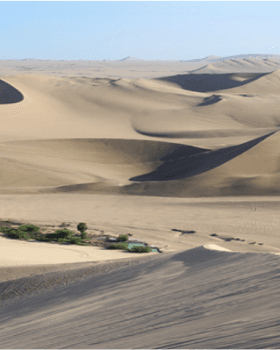
March - December
5 days / 4 nights
March - October
7 days / 6 nights
March - December
5 days / 4 nights
April - October
6 days / 5 nights
